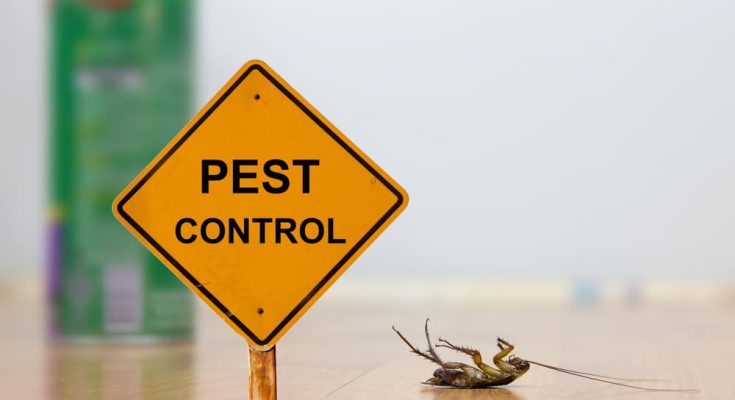A pest infestation is not only a nuisance but poses a health concern for homeowners. Preventing an infestation is important to keeping your home and comfortable to live in. Effective pest control involves working with a reliable Frisco exterminator when an infestation has arisen. Also, as a homeowner, you must understand your environment’s particular needs and vulnerabilities. No matter the type of pests you are dealing with, you must employ the right prevention strategies. Also, understanding the baits and preferences of different pests allows you to implement targeted measures.
Inspecting Your Home for Pests
Regular inspections are an important part of preventive pest control. Your property must be examined for signs of pests and possible entry points to address the problem before it gets worse. Pest control experts play an important role in this process, giving the expertise necessary to detect signs of infestations and identify areas prone to them.
Pest control inspectors will thoroughly evaluate your home, finding signs of pest activity like droppings, structural damage, and nesting materials. But as a homeowner, you can also perform your own inspection. Ensure you know what exactly to look for and be vigilant to keep your home environment safe and secure.
Sealing Entry Points
To prevent pests from entering your home, block them from the outside. This means sealing all possible entry points, no matter how small they may be. Keep in mind that some pests such as insects and rodents can make their way into your home through cracks in walls and even in tiny gaps and other openings. Use caulk, weather stripping, and steel wool to seal these entry points. Caulk is best to seal small gaps around door frames, window frames, and baseboards. For bigger holes, use steel wool, particularly around HVAC units and plumbing pipes. Weather stripping can seal spaces around windows and doors.
Managing Waste Properly
Effective pest control also includes proper waste management. To minimize the risk of pest infestations, keep your property clean and dispose of waste properly. But this does not mean just tossing your trash into a bin. You need to adopt thoughtful practices for waste storage and disposal.
First, use sealed containers for storing food waste. This ensures odors do not capture the attention of pests and ravage food sources. Ensure containers have tight-fitting lids to prevent even tiny pests from entering them.
In addition, garbage must be regularly disposed of. Accumulating garbage can draw attention from ants, rodents, and roaches. Garbage must be regularly collected and bins cleaned periodically to ensure residue does not build up and attract pests.
Embracing Landscaping Practices
Effective landscaping can help deter pests. Embracing landscaping practices lets you create an environment that pests do not find inviting. These practices include trimming trees and shrubs away from your house. Overhanging trees allow pests to access your house. Maintaining vegetation to make sure it doesn’t touch your home structure cuts off such an access route.
Another important technique is to eliminate standing water. Water accumulations are perfect breeding grounds for water-borne pests like mosquitoes. Inspect your yard regularly for standing water sources and get rid of them. Check any container that holds water such as flowerpot sauces and gutters.
Picking the right plants can also deter pests. Choose pest-resistant plant species to repel some insects and minimize the risk of infestations.
Pest infestation prevention isn’t a one-size-fits-all approach. It involves taking proactive measures and implementing a combination of methods that suit your environment. The strategies discussed above are parts of a comprehensive pest control plan. No one method stands alone. The combination of these measures offers complete protection against different types of pests.




